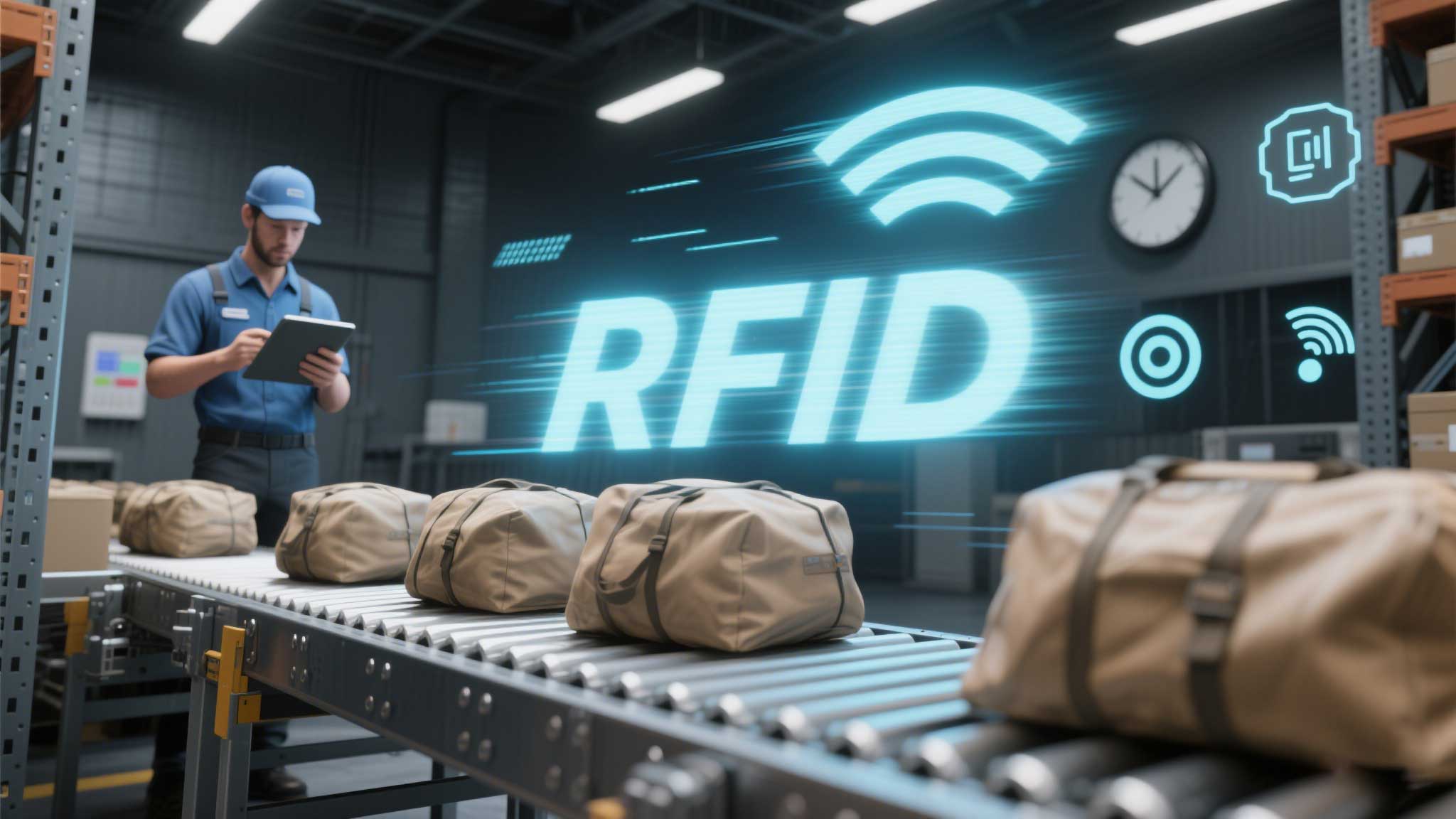RFID vs. Barcodes: Why Smart Businesses Are Switching to RFID Readers
321Discover why RFID readers outperform barcodes in speed, accuracy, and scalability. Learn how Cykeo’s RFID solutions can transform your business operations.
MoreAll RFID Product
Real-time tracking is a holy grail for industries like healthcare, logistics, and manufacturing. While RFID technology can provide near-instant updates, its accuracy and latency depend on tag type, reader configuration, and environmental factors. Here’s a breakdown of what “real-time” truly means for RFID systems—and how to maximize reliability.

Cykeo’s LiveTrack Platform merges active RFID with edge computing, processing location data on-device to bypass cloud latency. Their systems are deployed in airports to monitor luggage carts, ensuring updates every 0.8 seconds during peak hours.
Discover why RFID readers outperform barcodes in speed, accuracy, and scalability. Learn how Cykeo’s RFID solutions can transform your business operations.
MoreLearn how to clean and maintain RFID handheld readers to extend their lifespan. Discover best practices for sanitization, battery care, and preventing hardware failures.
MoreDiscover the 5 critical tests to ensure your RFID readers survive harsh environments. Cykeo shares expert insights on durability, performance, and cost-effective rugged RFID technology.
MoreLearn how RFID inventory systems automate tracking without line-of-sight scanning. See real-world examples, benefits vs. barcodes, and key components.
More